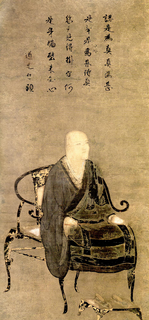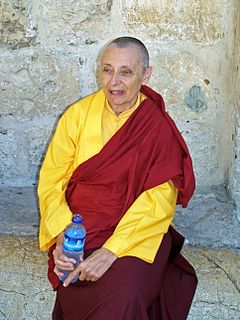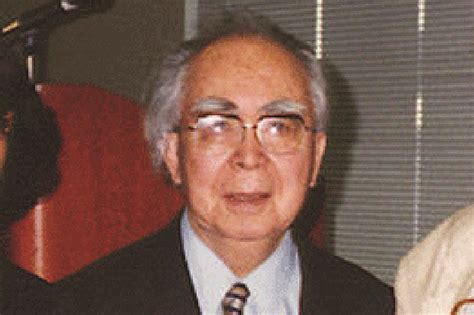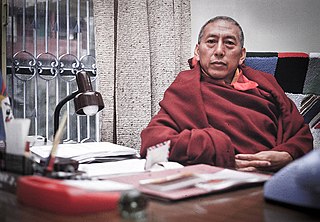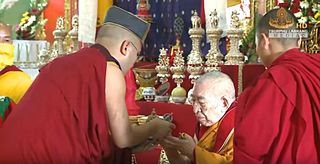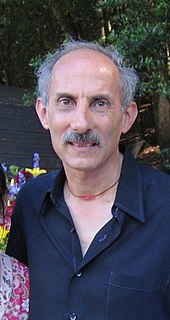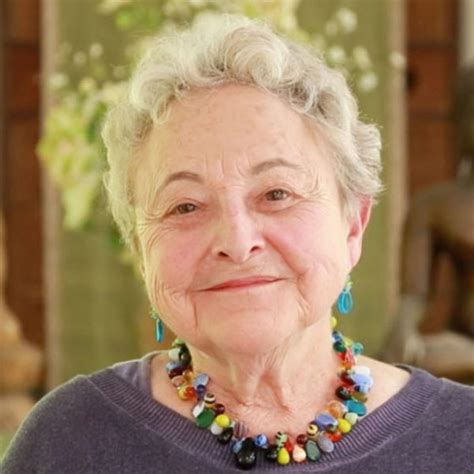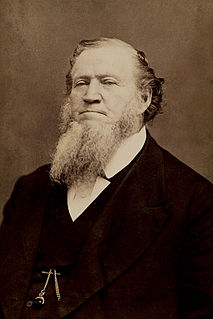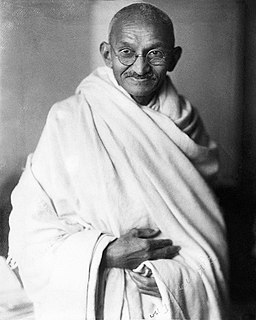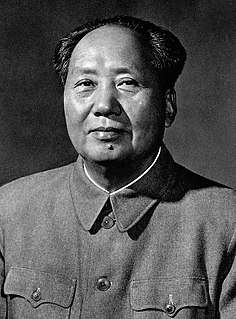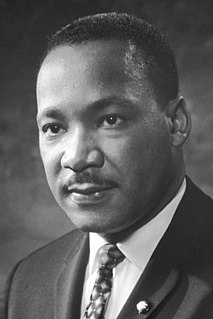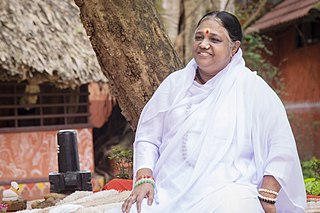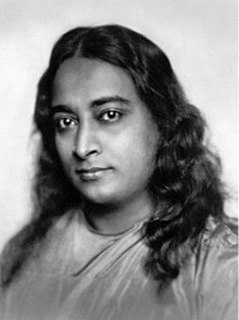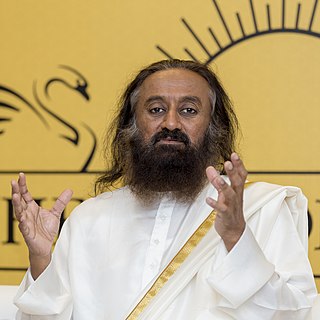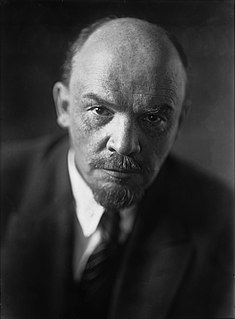A Quote by Dogen
Do not practice buddha-dharma with the thought that it is to benefit others.
Related Quotes
The dharma is the most precious thing in the world and we should put it at the center of our hearts and transform our whole lives into dharma practice. Otherwise, at the time of death, we will look back and say, now what was all that about? If we truly want to benefit others and ourselves, we have to do it. No excuses.
To think that practice and realization are not one is a heretical view. In the Buddha Dharma, practice and realization are identical. Because one's present practice is practice in realization, one's initial negotiating of the Way in itself is the whole of original realization. Thus, even while directed to practice, one is told not to anticipate a realization apart from practice, because practice points directly to original realization.
Dharma has several connotations in South Asian religions, but in Buddhism it has two basic, interrelated meanings: dharma as 'teaching' as found in the expression Buddha Dharma, and dharma as 'reality-as-is' (abhigama-dharma). The teaching is a verbal expression of reality-as-is that consists of two aspects-the subject that realizes and the object that is realized. Together they constitute 'reality-as-is;' if either aspect is lacking, it is not reality-as-is. This sense of dharma or reality-as-is is also called suchness (tathata) or thatness (tattva) in Buddhism.
There are several realms which ordinary persons do not perceive. Because they cannot see them, that doesn't mean they don't exist. One of these realms is the sambhogakaya that can only be visited by highly realized Bodhisattvas. In the pure realm of the sambhogakaya, the Dharma is continuously taught. One sambhogakaya realm is Tushita, which is presided over by the next Buddha, the Maitreya Buddha. Buddha Shakyamuni dwelled there before coming to earth to give Dharma teachings.
In Buddhism, there are three gems: Buddha, the awakened one; Dharma,
the way of understanding and loving; and Sangha, the community that
lives in harmony and awareness. The three are interrelated, and at
times it is hard to distinguish one from another. In everyone there
is the capacity to wake up, to understand, and to love. So in
ourselves we find Buddha, and we also find Dharma and Sangha.
The art of dharma practice requires commitment, technical accomplishment, and imagination. As with all arts, we will fail to realize its full potential if any of these three are lacking. The raw material of dharma practice is ourself and our world, which are to be understood and transformed according to the vision and values of the dharma itself. This is not a process of self- or world- transcendence, but one of self- and world- creation.
You are a Buddha, and so is everyone else. I didn't make that up. It was the Buddha himself who said so. He said that all beings had the potential to become awakened. To practice walking meditation is to practice living in mindfulness. Mindfulness and enlightenment are one. Enlightenment leads to mindfulness and mindfulness leads to enlightenment.
We underestimate the value of patience. It is possible that people might sometimes interrupt our meditation sessions or Dharma study, but they can never take away our opportunity to train in inner virtues such as patience. It is this mental training, rather than outer virtuous activities, that is the essence of Dharma practice.
Followers of the Way [of Chán], if you want to get the kind of understanding that accords with the Dharma, never be misled by others. Whether you're facing inward or facing outward, whatever you meet up with, just kill it! If you meet a buddha, kill the buddha. If you meet a patriarch, kill the patriarch. If you meet an arhat, kill the arhat. If you meet your parents, kill your parents. If you meet your kinfolk, kill your kinfolk. Then for the first time you will gain emancipation, will not be entangled with things, will pass freely anywhere you wish to go.
